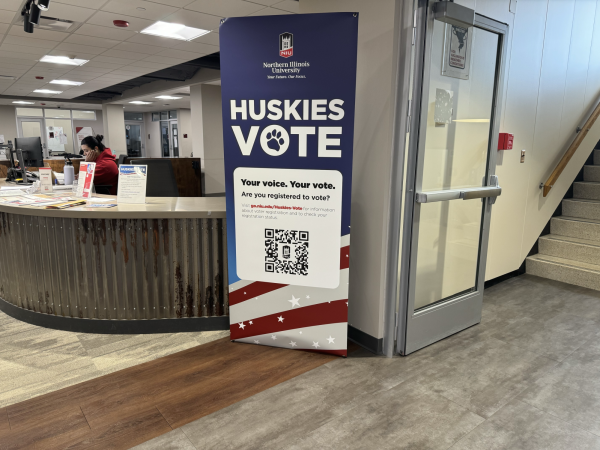ComEd asks for price raise, freeze
February 6, 1987
Commonwealth Edison asked the Illinois Commerce Commission on Feb. 3 to raise energy prices by $660 million, and then freeze that rate for the next five years.
ComEd asked the Commission to speed up hearings on the issue which would raise individual rates an average of 9.6 percent. Carter Brydon, ComEd spokesman, said if the commission approves the request, the increase would go into effect July 1 of this year.
Under the proposal, ComEd will begin providing power through three new nuclear power plants. ComEd President James O’Connor said Bryon II and Braidwood I are scheduled to begin service in May and, as a result, the company could no longer put off making the request in order to negotiate with consumer advocates.
Under the plan, ComEd would be responsible for any increase in costs which would result in lesser profits for the company. Also, O’Conner said ComEd would bear the responsibility of completing and operating the three nuclear power stations, also including Braidwood II.
While the one-time rate increase will adversely affect NIU, the five-year rate freeze could be beneficial. John Gardner, a planning associate for the Office of Budget and Planning, said it is “an awful lot easier to budget” utility costs when the rates do not change. Gardner said he was not sure how an increase would effect the budget for next year.
ichard Lazarski, associate director of Budget and Planning, said the Illinois Board of Higher Education already has recommended a 4.5 percent increase in electricity for NIU.
This does not necessarily mean there will be a deficit if ComEd’s proposed increase is approved. Lazarski said it is difficult to tell whether an increase of 4.5 percent would cover a 9.6 percent increase in electricity costs. He said the weather can have major effects on these costs.
O’Conner said the rate increase is the “rockbottom” increase needed to maintain service for the next five years. He said most of the increase will be born out by ComEd’s stockholders.
A second option open to ComEd would have been to ask for a rate increase in the traditional manner. If this had been chosen, ComEd would have asked for a 28 percent increase totaling $1.4 billion, O’Conner said.













